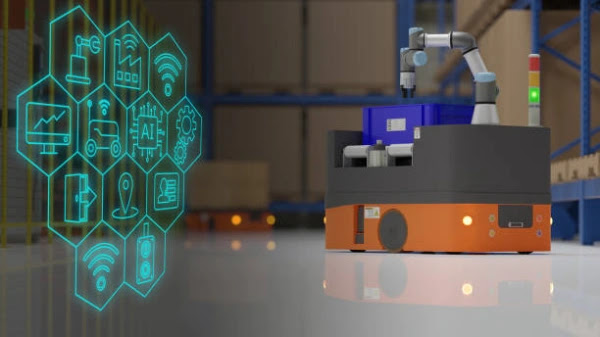Featured
- Get link
- X
- Other Apps
Remote work has become increasingly
Remote work has become increasingly prevalent in recent years, and the COVID-19 pandemic has accelerated its adoption across various industries. As companies transition to remote work setups, they often seek ways to monitor employee performance, maintain productivity, and ensure data security. However, effective remote work monitoring must balance accountability with employee privacy and trust. In this article, we'll explore different types of remote work monitoring and their implications for businesses and employees.
Time Tracking Software: Time tracking software is one of the most common remote work monitoring tools. It allows employees to log their work hours and track the time spent on different tasks or projects. Managers can use this data to ensure that employees are adhering to their schedules and meeting deadlines. Time tracking can also help identify bottlenecks, optimize workflow, and allocate resources more efficiently.
Employee Monitoring Software: Employee monitoring software goes beyond time tracking and captures a range of data related to employee activities. These tools may record the websites visited, applications used, and the amount of time spent on each task. Some software even captures screenshots or records employees' screens to provide visual evidence of their work. While this type of monitoring can be useful for identifying inefficiencies or potential security risks, it also raises concerns about employee privacy and trust.
Project Management Tools: Project management tools play a vital role in remote work environments. They provide a centralized platform for task assignment, progress tracking, collaboration, and communication. These tools can help managers monitor the status of various projects, allocate resources, and ensure that teams are on track to meet their goals. Additionally, project management tools often integrate with other applications, providing a comprehensive overview of an employee's work without resorting to invasive monitoring techniques.
Virtual Meeting and Communication Platforms: With remote work, virtual meetings and communication platforms have become essential for team collaboration and coordination. Platforms like Zoom, Microsoft Teams, and Slack allow managers to stay connected with their teams, conduct virtual meetings, and exchange feedback in real-time. While these platforms may not directly monitor individual work activities, they enable effective communication and collaboration, which indirectly contributes to work monitoring.
Performance Management Software: Performance management software helps set goals, track progress, and conduct performance evaluations for remote employees. It enables managers to define key performance indicators (KPIs) and track how well employees are meeting these objectives. These tools can foster transparency and encourage regular feedback between managers and employees, leading to improved performance and professional growth.
Employee Surveys and Feedback: Regular employee surveys and feedback sessions provide insights into employee satisfaction, engagement, and work-related challenges. Monitoring employee feedback helps organizations understand the remote work experience and identify areas for improvement. It also demonstrates a commitment to employees' well-being and can enhance job satisfaction and retention.
Workforce Analytics and Data Analysis: Workforce analytics involves using data analysis techniques to gain valuable insights into employee performance, productivity, and engagement. By examining trends and patterns in employee data, businesses can make informed decisions about optimizing remote work processes, identifying training needs, and addressing potential issues.
Network and Device Monitoring: Network and device monitoring tools track the activity on an employee's computer or mobile device. These tools can provide information about application usage, internet traffic, and data transfer. Network monitoring is crucial for data security, as it can help detect potential cybersecurity threats and ensure compliance with company policies.
Employee Engagement and Activity Tracking: Some companies use employee engagement and activity tracking tools to gauge employee well-being and productivity. These tools analyze data such as email response times, login times, and work patterns to assess an employee's level of engagement and focus. While this information can offer insights into employee motivation, it may also raise concerns about employee autonomy and work-life balance.
Compliance Monitoring: In regulated industries, compliance monitoring is essential to ensure that employees adhere to industry standards and legal requirements. This may involve monitoring communication channels, transactions, and data handling practices to prevent compliance violations.
In conclusion, various types of remote work monitoring tools and techniques are available to organizations seeking to maintain productivity, improve efficiency, and ensure data security in remote work environments. However, it is essential for businesses to strike a balance between monitoring and respecting employee privacy and autonomy. Open communication, clear policies, and a focus on mutual trust are crucial in creating a positive remote work culture where employees feel valued and motivated. When implemented responsibly and transparently, remote work monitoring can lead to better productivity, enhanced collaboration, and a stronger remote work ecosystem.
- Get link
- X
- Other Apps


